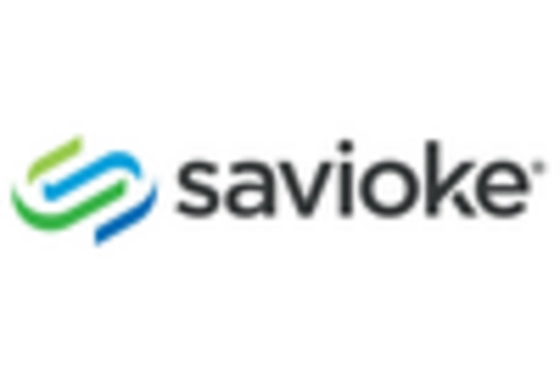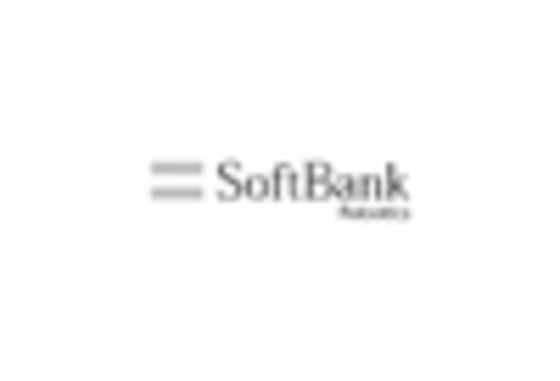Rising Labor Costs
The Hospitality Robot Market appears to be significantly influenced by the rising labor costs across various regions. As wages continue to increase, particularly in the service sector, businesses are compelled to seek cost-effective solutions. The integration of robots into hospitality services can potentially reduce labor expenses while maintaining service quality. For instance, the deployment of robots for tasks such as room service and cleaning can lead to substantial savings. According to recent data, labor costs in the hospitality sector have risen by approximately 15% over the past five years, prompting many establishments to consider automation as a viable alternative. This trend suggests that the Hospitality Robot Market is likely to expand as businesses strive to balance operational costs with customer satisfaction.
Technological Advancements
Technological advancements play a pivotal role in shaping the Hospitality Robot Market. Innovations in artificial intelligence, machine learning, and robotics have led to the development of more sophisticated and efficient robots. These advancements enable robots to perform complex tasks, such as customer interaction and personalized service delivery, with greater accuracy and reliability. For example, the introduction of AI-driven robots capable of understanding and responding to customer inquiries has enhanced the overall guest experience. The market for hospitality robots is projected to grow at a compound annual growth rate of around 20% over the next five years, driven by these technological innovations. This growth indicates a robust future for the Hospitality Robot Market as technology continues to evolve.
Changing Consumer Preferences
Changing consumer preferences are increasingly shaping the Hospitality Robot Market. Today's consumers exhibit a growing inclination towards unique and innovative experiences, which robots can provide. The demand for personalized services, such as customized room settings and tailored dining experiences, aligns well with the capabilities of hospitality robots. Furthermore, younger generations, who are more tech-savvy, are more likely to embrace robotic services in hotels and restaurants. This shift in consumer behavior suggests that businesses must adapt to meet these expectations, potentially leading to a surge in the adoption of robotic solutions. As a result, the Hospitality Robot Market is expected to witness significant growth as establishments strive to enhance customer engagement and satisfaction.
Expansion of the Hospitality Sector
The expansion of the hospitality sector is a crucial driver for the Hospitality Robot Market. As the number of hotels, restaurants, and other service-oriented establishments continues to rise, the demand for efficient service solutions grows correspondingly. This expansion is particularly evident in emerging markets, where new hospitality ventures are increasingly adopting robotic solutions to enhance operational efficiency. The market for hospitality robots is expected to benefit from this trend, with estimates suggesting a potential increase in market size by over 30% in the next five years. This growth indicates that the Hospitality Robot Market is well-positioned to capitalize on the burgeoning hospitality sector, as businesses seek innovative ways to improve service delivery.
Increased Focus on Hygiene and Safety
The increased focus on hygiene and safety within the Hospitality Robot Market cannot be overlooked. As consumers become more health-conscious, the demand for contactless services has surged. Robots can effectively minimize human interaction, thereby reducing the risk of contamination. For instance, robots designed for cleaning and sanitizing public areas are becoming essential in hotels and restaurants. This trend is reflected in the market, where the demand for cleaning robots has seen a notable increase, with projections indicating a growth rate of approximately 25% in this segment. Consequently, the Hospitality Robot Market is likely to expand as businesses prioritize health and safety measures to reassure guests.


















Leave a Comment